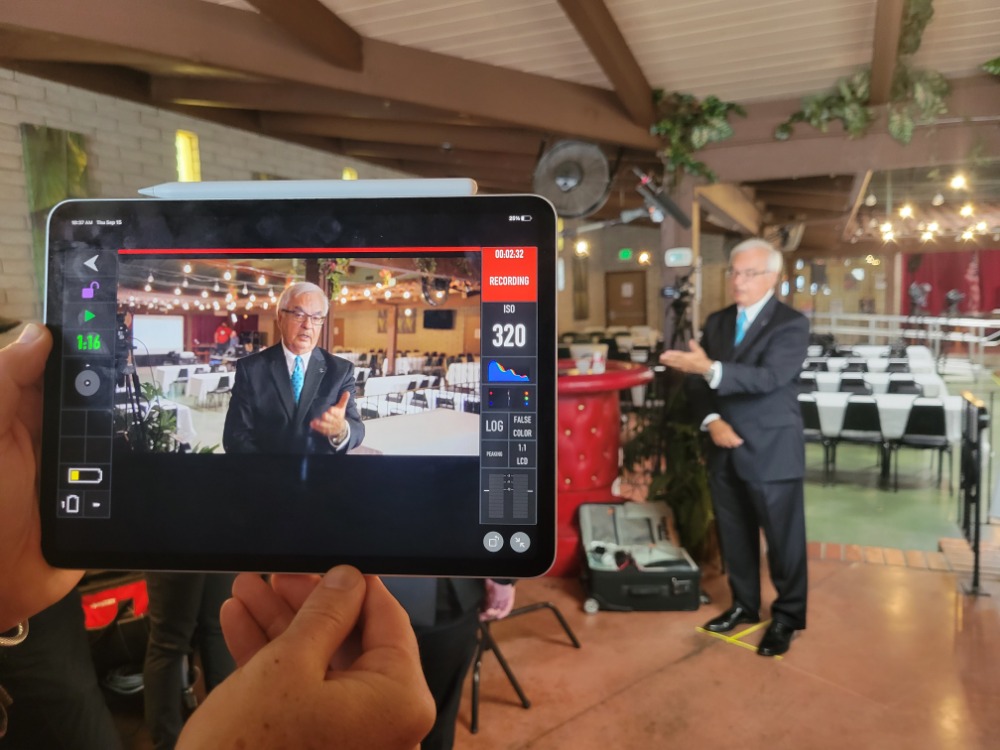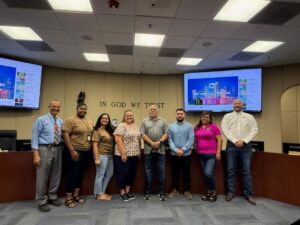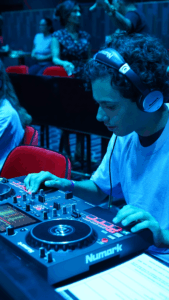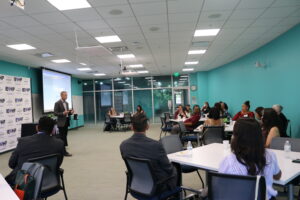Ordinary people with resolve: Comments made at the Lopez V. Seccombe reenactment
4 min read
Presiding Justice Manuel A. Ramirez
The guest commentary below was originally presented at the Lopez V. Seccombe reenactment that was held at Mitla’s Cafe on September 15th. Presiding Justice at California Fourth District Court of Appeal Manuel A. Ramirez, also the only Hispanic judge sitting at his level, closed the reenactment with the moving words below. Thank you to our partner KVCR for capturing this historic event on tape, more to come in the weeks ahead as we continue to celebrate National Hispanic Heritage Month.
By Manuel A. Ramirez, Presiding Justice at California Fourth District Court of Appeal
Ladies and gentlemen, please allow me to close with these brief thoughts. When we undertake Historic reenactment or oral argument I am often asked why the civil rights cases? For example, why not other famous cases, like Marbury v. Madison? Gideon v. Wainwright? Miranda v. Arizona? Aren’t those cases just as important, and just as worthy of our focus? Our answer is this: Yes, those cases are historically important and yes, they are worthy of our attention. They are landmark decisions and they continue to influence the law to this day. But what is it, ladies and gentlemen that grabs our hearts and stirs our souls about civil rights cases? As important as Marbury v. Madison, Gideon v. Wainwright and Miranda v. Arizona and many other significant cases which are vital to our constitutional rights and our legal system, those cases pale in comparison to a handful of mothers and fathers who, having seen their children turned away from local schools, public institutions and pools, just because their skin was brown instead of white and their surname was Hispanic instead of Anglo. These parents and community leaders dared to stand up to forces much bigger than themselves and say, individually and collectively, “This is not right. This is not American. This is hurting me and my child, and I will not tolerate it any longer.” It was the same with the Asian community in the Korematsu case. And it was the same with Brown v. Board of Education. Individuals, just regular people who wanted to live their lives as Americans, in what was supposed to be the land of the free. For them, and all of the families represented in those cases, it turned out to be more the home of the brave. Because it took bravery, and it took immense courage, for the plaintiffs in each of the civil rights cases to stand up to the government for what they knew was right. And in speaking of courage, ladies and gentlemen, we must not forget the man, the lawyer who stood with them. David Marcus, the attorney who made it his life’s work to help those whose civil rights were being trampled needs to be remembered and his memory honored. In historical context please remember this, the same year that the Mendez children were being turned away from the 17th Street School in Orange County, it was earlier that Mr. Marcus argued and won in 1944 the landmark case of Lopez v. Seccombe, a class action lawsuit against the mayor and city council of our very own City of San Bernardino for denying the Mexican-American community access to its parks and recreational facilities. The Seccombe case was the first case where a judge ruled against the segregation of Mexican-Americans in regard to public facilities. An argument in the Seccombe case— that eventually persuaded the Mendez court and the Brown court to rule in favor of the plaintiffs – that is, that it was not a matter of the equality of facilities but the separation of the children that was harmful, presenting social science evidence that segregation resulted in feelings of inferiority among the Mexican-American children that could undermine their ability to learn and to socialize and to grow up to be productive Americans and participate in social, educational, and government institutions including the use and enjoyment of recreational facilities, like a pool! Sitting at the counsel table with Mr. Marcus in these cases was amicus counsel Thurgood Marshall later to be the first African-American to sit on the United State Supreme Court. The argument presented in the Mendez and Brown v. Board of Education was the very same argument presented in the landmark Seccombe case. Imagine that! All of these plaintiffs in the civil rights cases were not attention seekers they were not comfortable in the lime light and they weren’t out for their five minute of fame. They were just parents and people who wanted their children to have the best that America had to offer and they were willing to go “toe to toe” to obtain those rights. And this is why, ladies and gentlemen, we choose the civil rights cases like the Seccombe case; because that kind of courage and that kind of determination, and that kind of patriotism stirs something deep within us, and reminds us, that there is such a thing as a good fight. It is right, it is important indeed it is imperative to fight the good fight. In this country, we go to war to defend those rights and ideals because they are so vital to our nation. Ladies and gentlemen, our country still faces challenges in the civil rights arena. It’s not a perfect place, because people aren’t perfect. But part of progressing forward is looking backward and remembering where we’ve been, realizing how far we’ve come, and recognizing that it takes ordinary people with extraordinary resolve to make America truly a land of equal opportunity – a land of liberty and justice for all. These special proceedings are adjourned, and we are in recess, ladies and gentlemen.








